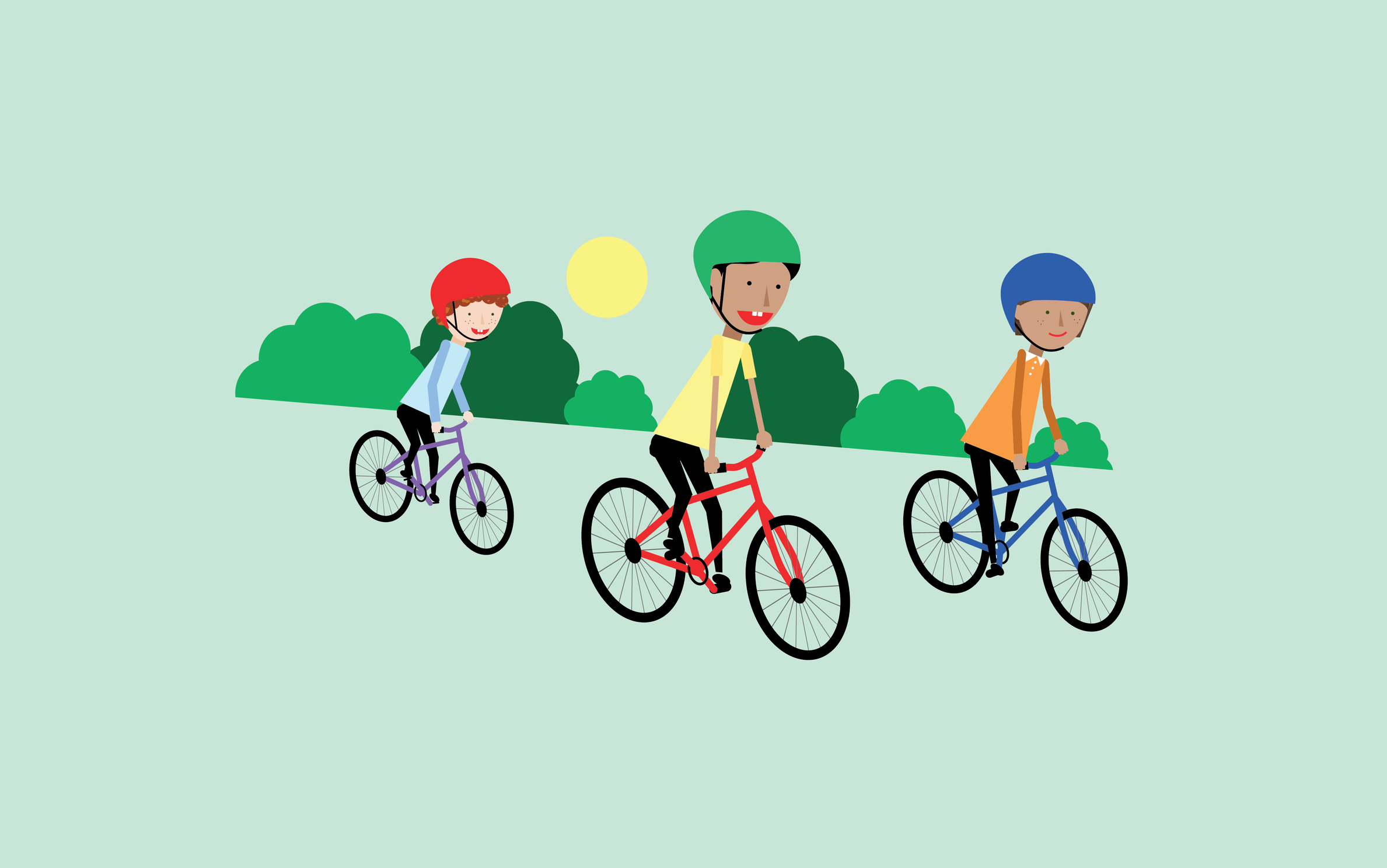Go Play Outside: tips for getting kids back into nature
I have many fond memories from my childhood of summer days spent catching tadpoles in the marsh, running barefoot through the park, camping in the backyard, digging in the sand and swimming at the lake. At school, we could roam free on the field, play tag with our friends and jump in mud puddles when it rained. No screens, no planned play dates, no strict school rules — it was all left to our imagination with the great outdoors as our playground.
So much has changed for our kids: hours of screen time, pre-arranged playdates, staring at phones during break time. So how do we encourage this generation to seek the outdoors and benefit from time in nature?
In Episode 51 of the School of School podcast, we discuss the actual benefits of spending time in nature. Japanese people have studied the positive effects of Shin-rin yoku, known as “forest bathing” in English, which involves using all of one’s senses to take in the natural surroundings. The effects of this Japanese practice are proven and profound. These include benefits such as reducing cortisol levels, increasing problem-solving abilities, lessening ADHD symptoms in children, improving the immune system, lowering inflammation, promoting better sleep and more.
In the podcast, the hosts discuss ways of encouraging children to spend time in nature:
Outdoor time without an agenda
Find ways to get outside. Try doing a lesson outdoors on a nice day or going on a field trip to your local park, beach or forest. Even if your school or home is lacking green space, you can get outside and go for a walk to admire the architecture of living spaces. Don’t have an agenda — as Adam Gifford points out, “just being allowed to explore without it wrapped up in a structure is really important.”
Garden programmes – get dirty!
Like forest bathing, gardening offers similar health benefits. Gardens can be outside or can even be created in a classroom or windowsill. Digging in the earth, planting seeds, caring for the garden and watching it grow helps to provide kids with both mental and physical wellbeing along with a sense of satisfaction and accomplishment.
Free play – go wander!
A forest treasure hunt is a fun way to engage pupils or simply give them the chance to investigate the forest environment themselves. They can look at the different shapes of leaves, pick up branches, find insects under rocks or watch small ecosystems living within the forest. Do a show-and-tell as part of the experience. Kids are curious. You never know what they may find.
Keep it short
Anticipate that some kids may believe that ‘they don’t do outside.’ Not every outdoor experience needs to be lengthy. Try to encourage time in nature from a young age so that there is a level of comfort early on. Even ten minutes, doing a regular ‘Wednesday Walk’ is enough to create a routine of being outdoors, rain or shine. There will always be some unwilling to participate but these are the pupils who need time outside most.
Boost Your Practice with FREE CPD
Receive a CPD boost every time you refer a school! Both you and the referred school will earn a full day of CPD and 2 free places on our 3-day Essentials of Teaching Maths Mastery course (valued at £1700).
Get started on helping struggling schools reach maths success now!

Disconnect to reconnect
Less screen time, more outdoor time. It’s also important to set boundaries. Parents and teachers need to be able to create a balance between time children spend on devices and time they spend doing other activities. There will be resistance but by shutting down devices at certain times during the day, kids will learn to accept the new norm and be more inclined to seek out activities outside. It’s a guaranteed mood improver!
Japanese people have been prescribing time outside as a natural way to improve mental health for many years. It is something that everyone can do as part of their regular routine to relieve stress, calm the mind and improve one’s mood. Although the emphasis of this article is to look at ways of encouraging children to get outside, parents and teachers can also reap the benefits. Creating opportunities to reconnect with our natural environment will have positive effects for everyone.
Switch off, be curious and go for a wander. Your mental health and wellbeing will thank you!
